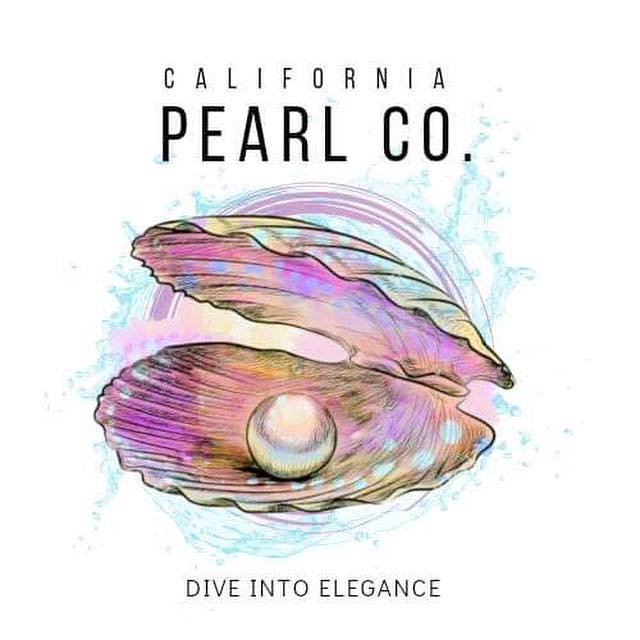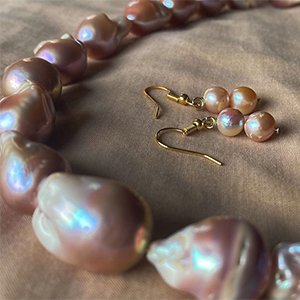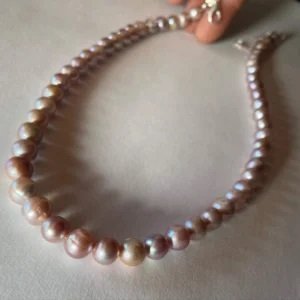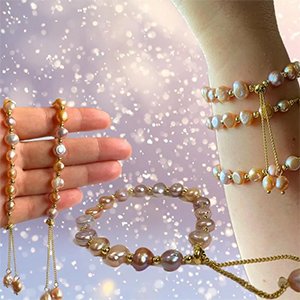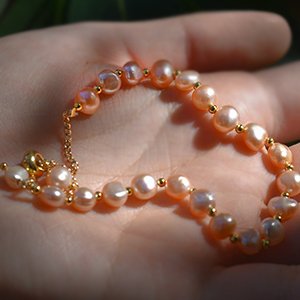Sustainability: The Key to a Cleaner Ocean and the Beauty of Pearls
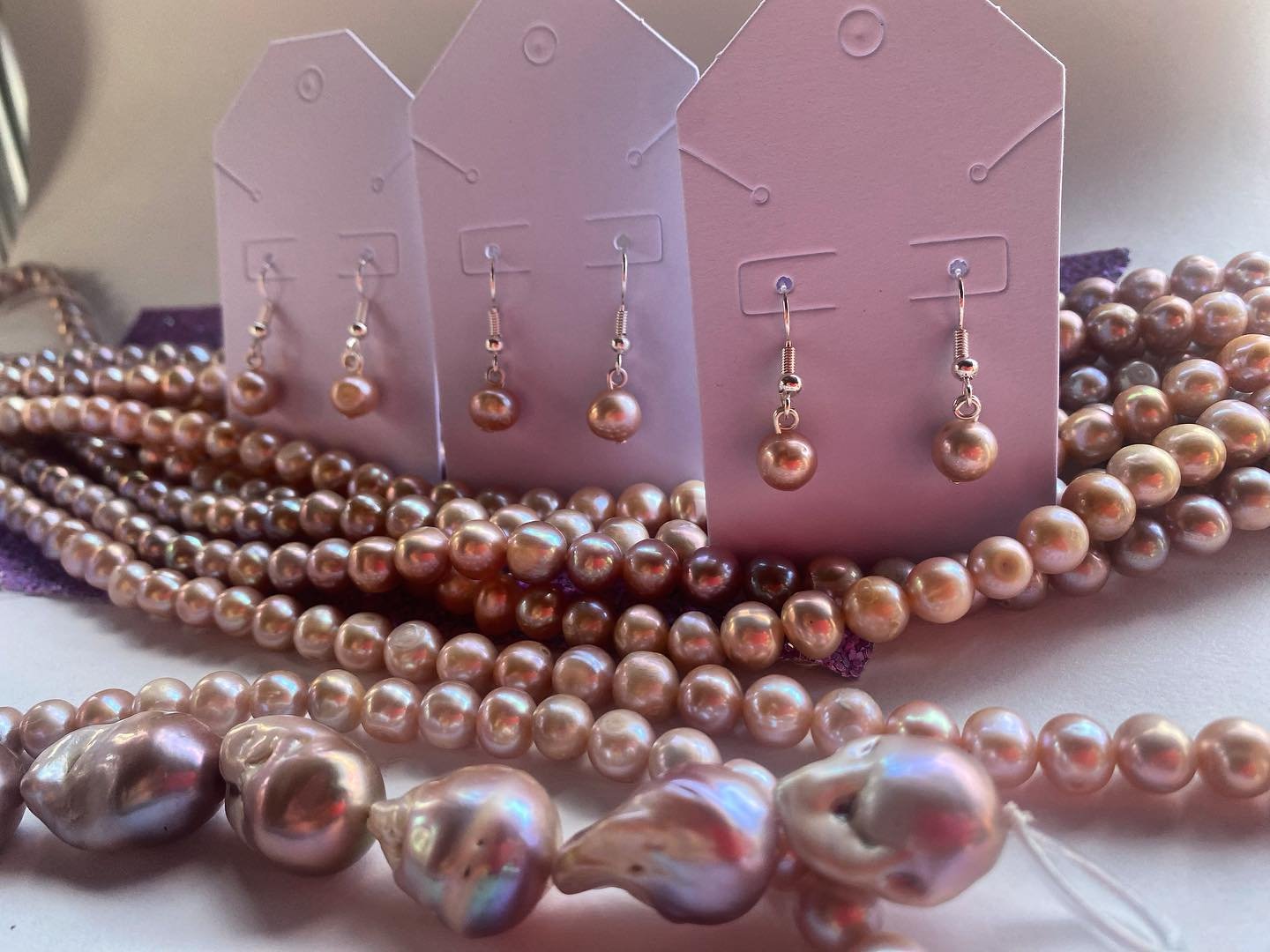
Understanding the Importance of Ocean Sustainability
The concept of sustainability in relation to ocean health encompasses the practices and policies that aim to protect and restore marine ecosystems while meeting the needs of present and future generations. Human activities have profoundly impacted the oceans, leading to challenges such as pollution, habitat destruction, and overfishing. These activities not only threaten marine biodiversity but also jeopardize the livelihoods of communities that depend on the ocean for sustenance and economic activities.
Pollution, particularly plastic waste, has become a significant concern in ocean sustainability. Millions of tons of plastic enter the oceans each year, leading to detrimental effects on marine life. Marine creatures often mistake plastic for food, which can lead to ingestion and entanglement, resulting in injury or death. Moreover, chemicals and toxins from agricultural runoff and industrial discharges further degrade water quality and diminish biodiversity. In this context, sustainable waste management practices become critical to mitigate pollution and protect vital ecosystems.
Habitat destruction, such as coral reef degradation and mangrove deforestation, also poses severe risks to ocean health. These habitats serve as crucial breeding and feeding grounds for numerous marine species. Sustainable practices, including responsible fishing, are essential for ensuring that fish stocks remain healthy and ecosystems are preserved. By adhering to sustainable fishing guidelines, communities can reduce the over-exploitation of resources and promote marine conservation.
Restoring ocean health requires collective efforts from individuals, communities, and policymakers. Community engagement in conservation activities, such as beach clean-ups and awareness campaigns, plays a vital role in fostering a culture of sustainability. Additionally, governments must implement and enforce policies that promote responsible resource management and support marine protection initiatives. By prioritizing sustainability, we can work towards a cleaner ocean and ensure the beauty and vitality of marine life for generations to come.
The Fascinating World of Pearls and Their Sustainable Production
Pearls have long captivated humanity with their luminous beauty and cultural significance. These organic gemstones, formed within mollusks, result from a natural defense mechanism against irritants such as sand or parasites. The mollusk secretes layers of nacre around the irritant, which gradually develops into a pearl. This fascinating process not only highlights the natural wonders of marine life but also underlines the importance of sustainable practices in pearl production.
The emergence of sustainable pearl farming has become increasingly important for ocean conservation. Traditional pearl farming practices, often associated with negative environmental impacts, have prompted a shift towards methods that are kinder to marine ecosystems. Sustainable pearl farming techniques aim to minimize bycatch, reduce habitat destruction, and promote biodiversity in the ocean. By employing eco-friendly practices, farmers can ensure that mollusks are cultivated in healthy environments while preserving the surrounding marine ecosystem.
Moreover, the growing market for sustainable pearls reflects a changing consumer mindset. With increased awareness of ethical sourcing and environmental responsibility, consumers are now seeking out sustainably produced jewelry. This rising demand encourages pearl farmers to adopt practices that not only result in high-quality pearls but also support ocean health. Sustainable pearls, therefore, offer a dual benefit: they provide exquisite adornments while promoting conservation efforts that protect marine habitats.
As more jewelers embrace eco-friendly pearls, it becomes crucial for consumers to make informed choices. By opting for sustainably sourced pearls, individuals can contribute to ocean conservation, supporting the artisans who prioritize both craftsmanship and environmental stewardship. The intersection of beauty and conscientious production creates a compelling narrative for the future of pearl jewelry, emphasizing the significance of sustainability in preserving the magnificence of our oceans.
